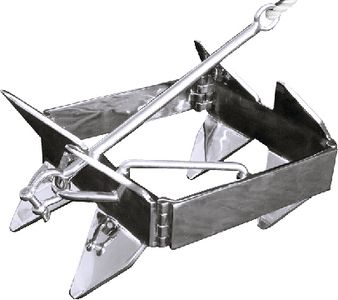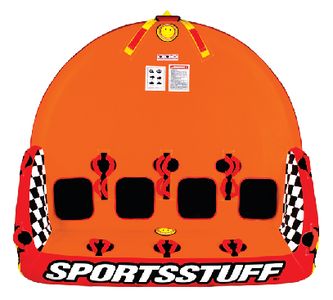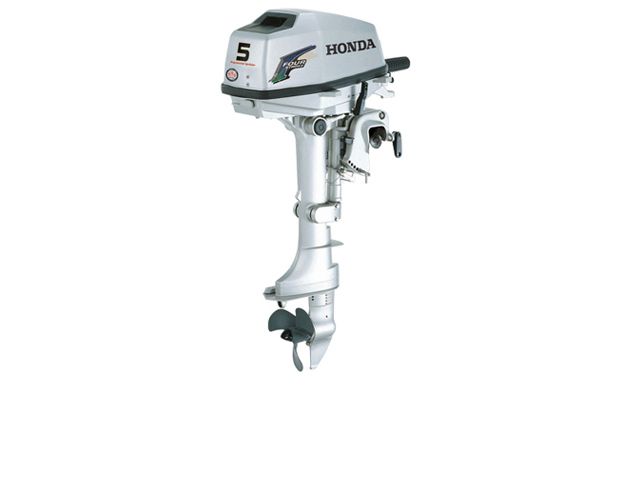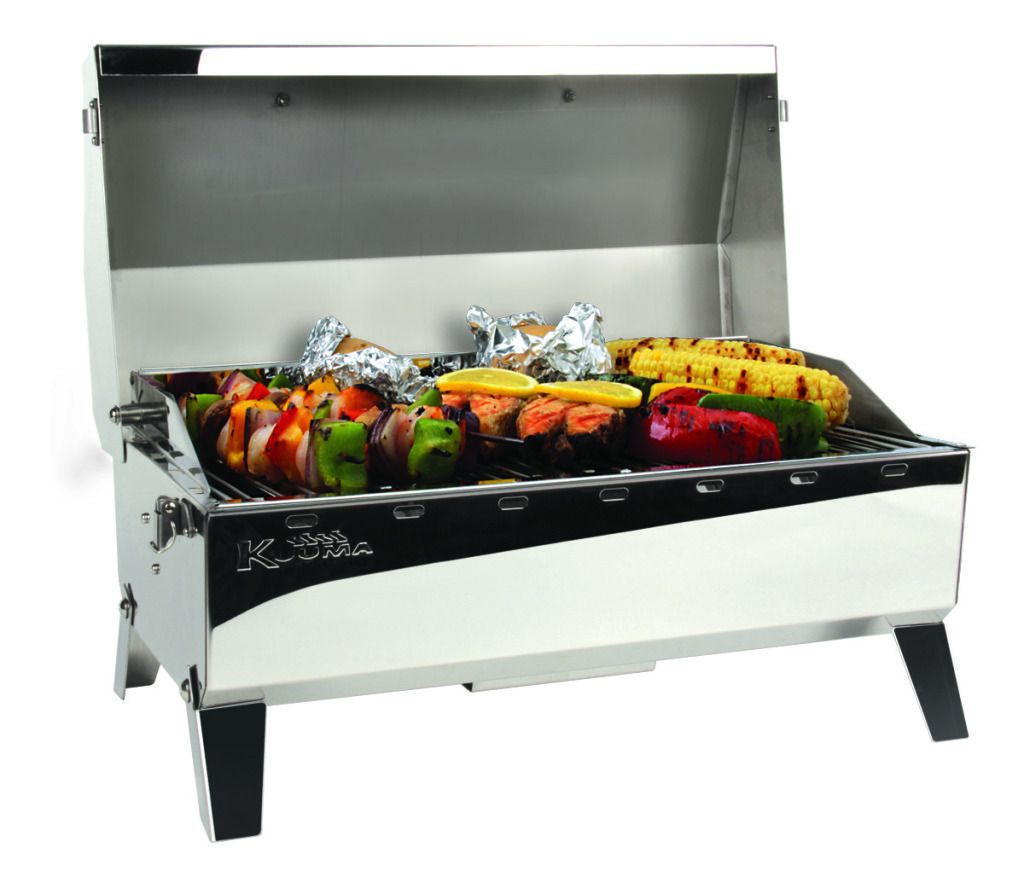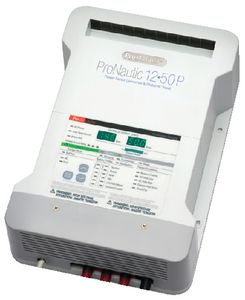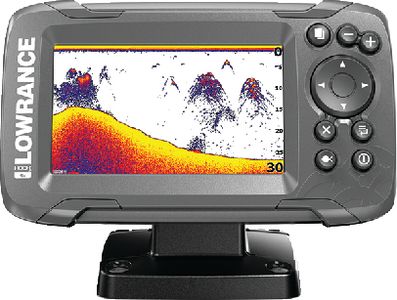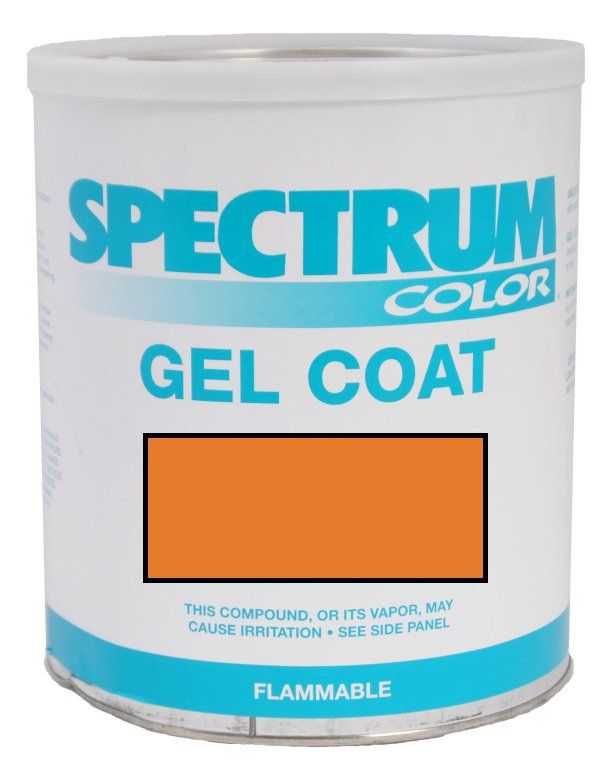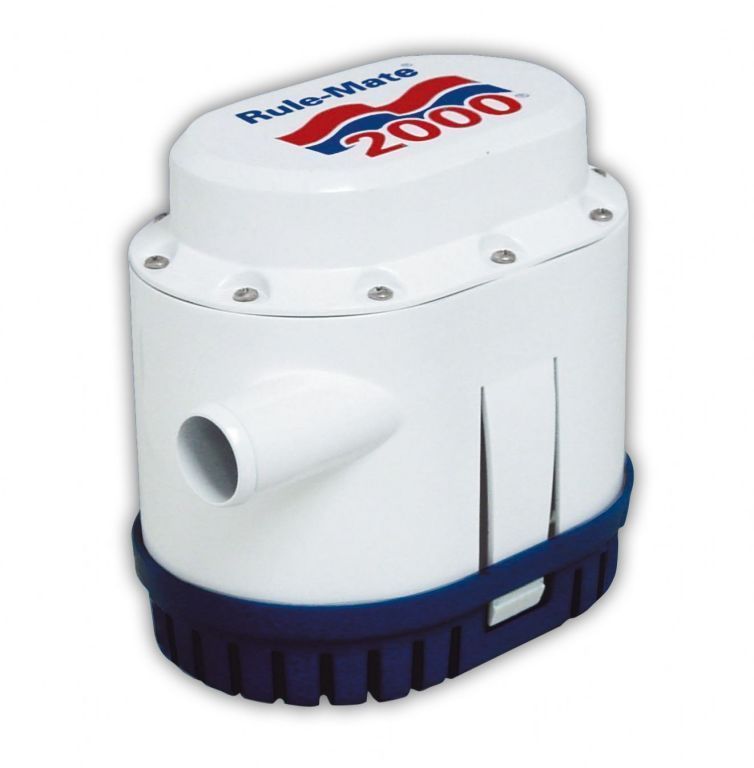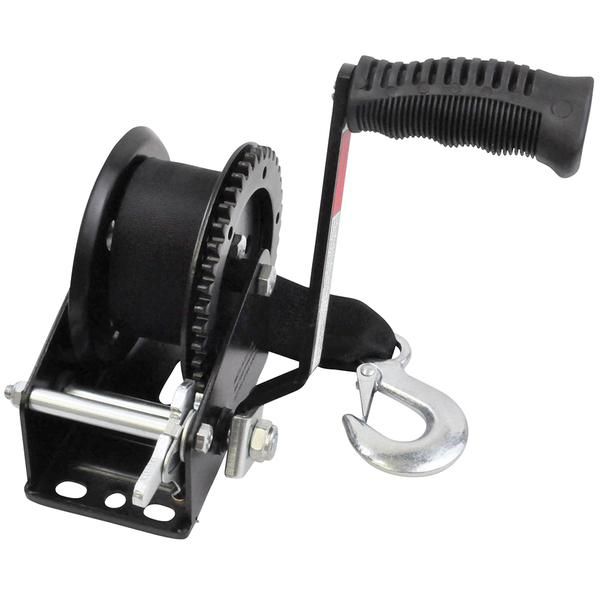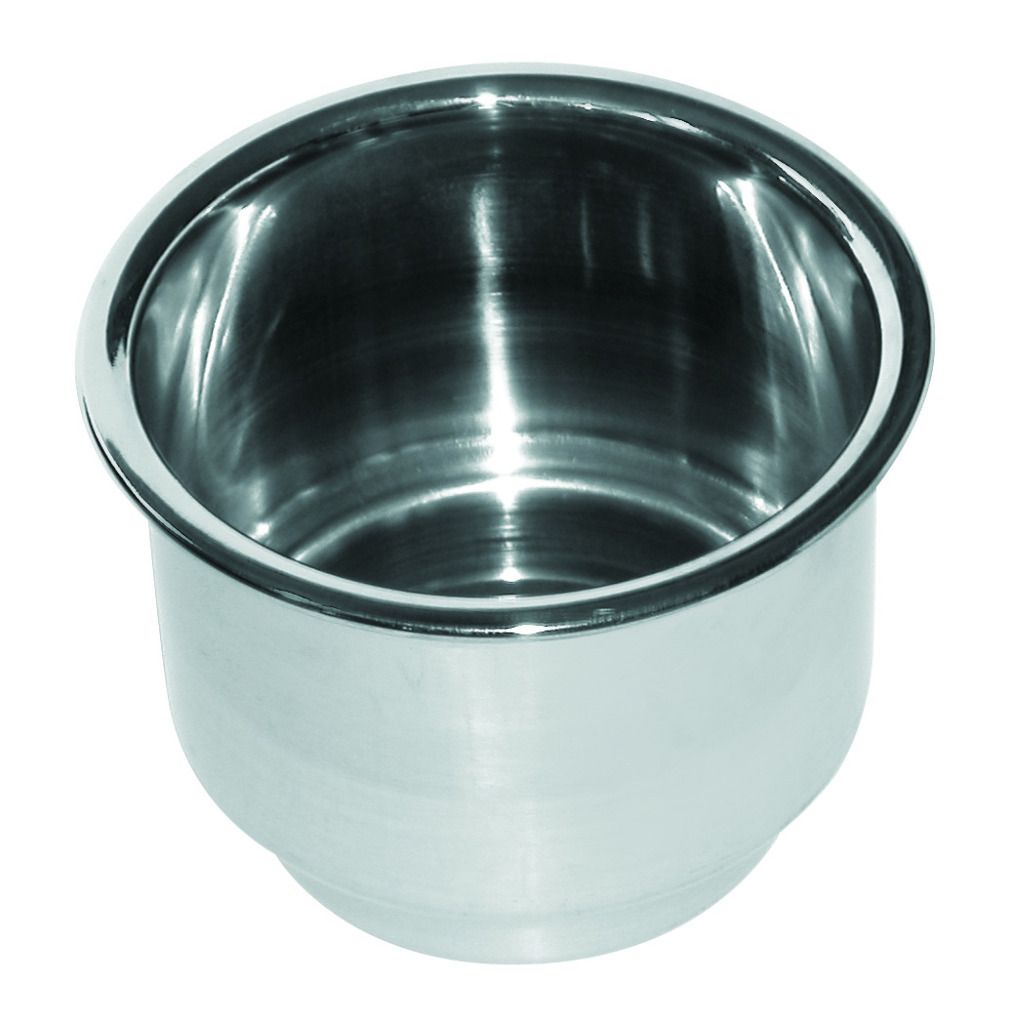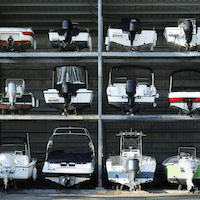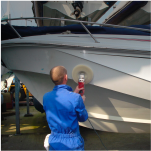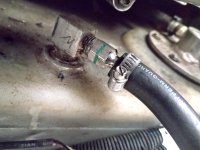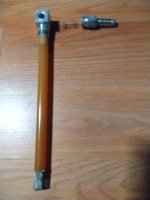Dip tube in the tank should come out by unscrewing… I couldn’t get that out either, hopefully you have better luck.
I was able to get the dip tube out by soaking the threads in a mixture of 2 parts acetone, 1 part brake cleaner, and 1 part red ATF.
Some brute force, and it finally let loose.
I was able to recover the spring from the anti-siphon valve in the bottom of the bilge, but I never did find the ball.
The screen at the bottom of the dip tube was very clean.
I was hoping to find it clogged, in order to explain things.
Anyways in choosing a replacement, I ran into some theories about using a anti-siphon vs. using a straight barbed fitting.
Some say that the anti-siphon only is useful when you have a fuel system leak.
The risk is using that the ball and or spring corrodes and you are stuck on the water with the motor starving for fuel.
Some say to get a dip tube without a screen to avoid blockage, some say get one with a larger openings.
Let me know what you think.
I tend to go with what was there, since the marine engineers (usually) know what they are doing.
Lots of dip tube kits are being sold with a brass straight barbed fitting.
I guess that they don't know or care that aluminum will eventually corrode brass. Thanks...

